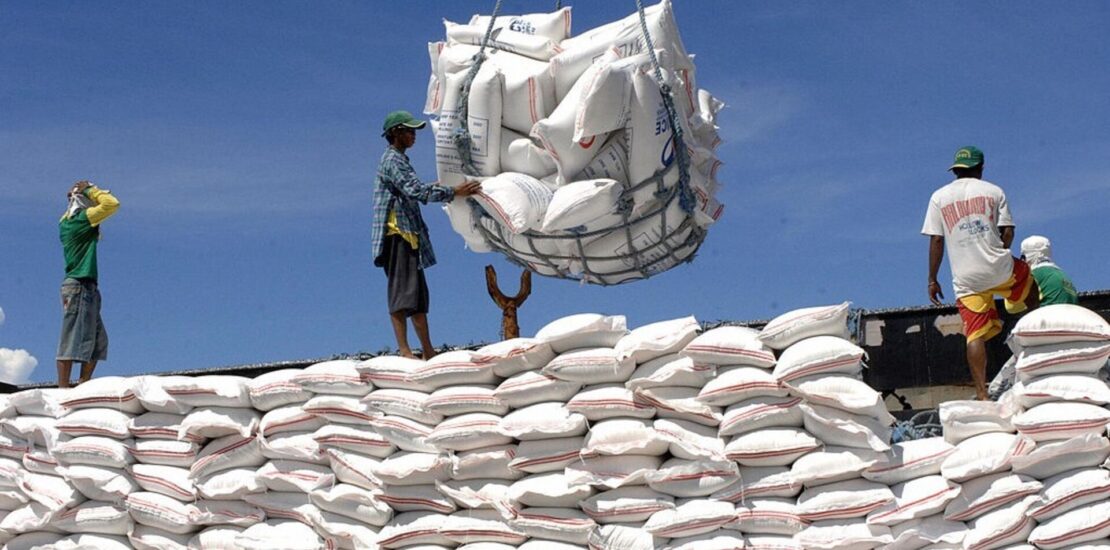- August 26, 2023
- Posted by: Nikhil abc
- Category: Export Updates
No Comments

In the dynamic arena of international trade, India’s rice export policies are pivotal. Recent amendments have ignited discussions on their implications for stakeholders and the international market. Here, we dive deep into the changes, weaving in a perspective that questions their efficacy.
A Chronicle of the Notifications:
- 8th September 2022: Via Notification No. 31/2015-2020, the export of broken rice saw a shift from ‘Free’ to ‘Prohibited’. Additionally, a 20% export duty on certain rice varieties was declared through Notification No. 49/2022-Customs.
- 31st October 2022: Notification No. 55/2022-Customs rolled out exemptions for export duties on specific rice varieties.
- 10th April 2023: Rice categorizations underwent modifications as per Notification No. 30/2023-Customs.
- 20th July 2023: Citing domestic concerns and upcoming festivities, the Centre prohibited Non Basmati White Rice exports.
- 25th August 2023: Notifications No. 49/2023-Customs and No. 50/2023-Customs pronounced a 20% export duty on parboiled rice and introduced revised exemptions.
Delving into the Ramifications:
- Shifting Sands for Broken Rice: Broken rice, coveted for its affordability and culinary versatility, has witnessed an unexpected trade shakeup. How will this affect India’s standing in this segment?
- The Chaos of Cargo: Existing shipments, either in-transit, docked, or factory-packed, grapple with the repercussions of these abrupt changes.
- Financial Strains: Contracts premised on erstwhile norms now face potential breaches, posing financial ramifications and threatening India’s reliability quotient.
- Echoes in the Global Arena: India’s stature in the rice market ensures its policy modifications reverberate internationally, with potential implications for countries relying heavily on Indian rice.

A Call for a Coherent Policy Blueprint:
- The Pursuit of Stability: An industry thrives on predictability. Policy oscillations deter long-term planning and erode international trust.
- Transitioning Gracefully: Current disruptions amplify the necessity for phased policy introductions, safeguarding in-transit and awaiting-clearance exports.
- The Power of Dialogue: Engaging industry stakeholders can bridge policy gaps, creating harmony between national objectives and sectoral aspirations.
Winding Down:
The mosaic of India’s rice export changes accentuates an overarching narrative – the need for collaboration and clarity. As we continue to traverse this evolving landscape, it’s imperative for policies to be sculpted with foresight, ensuring India’s rice trade remains both formidable and fair.
Passionate about trade policies? Share this piece and fuel wider discussions. Stay tuned for more nuanced takes on global trade dynamics.

